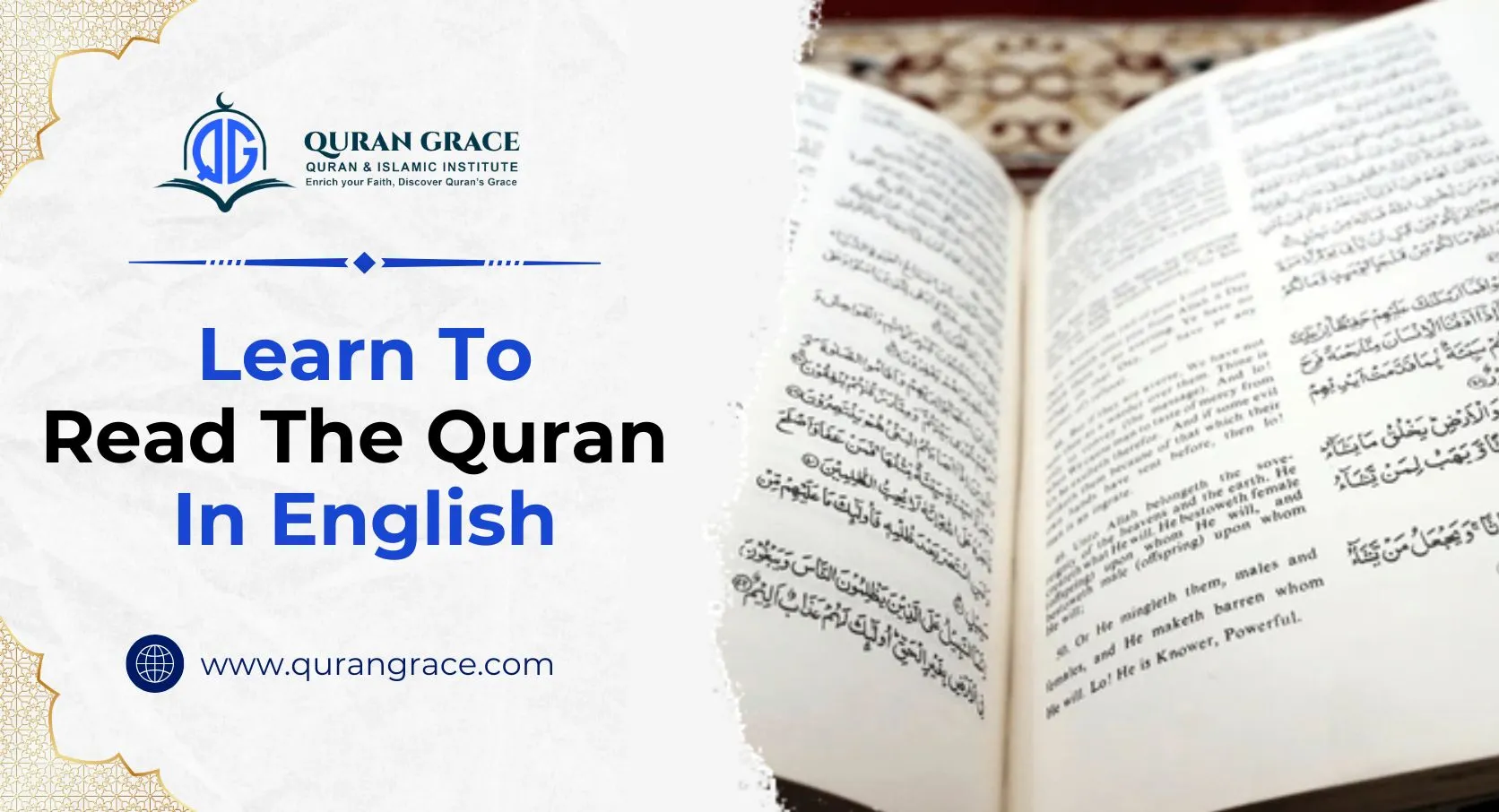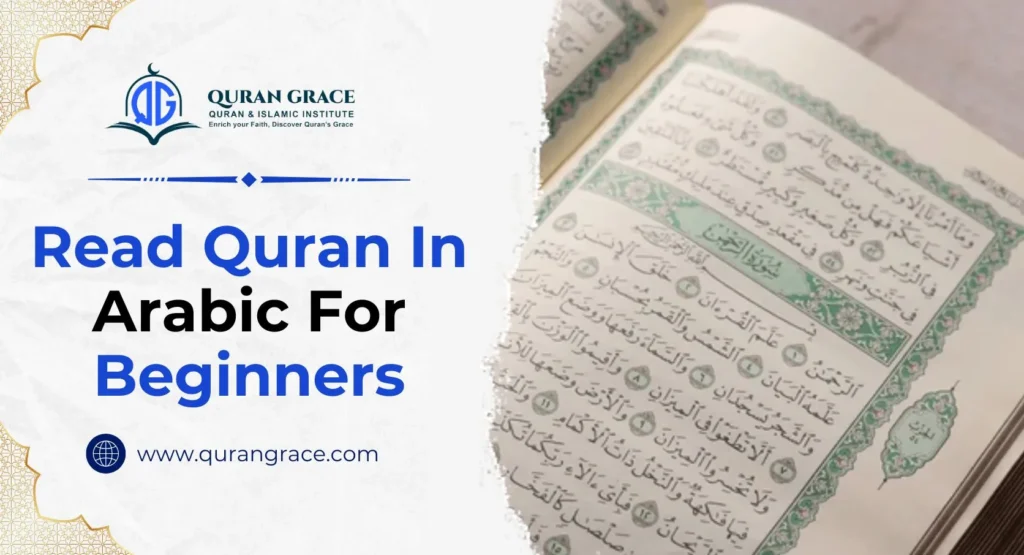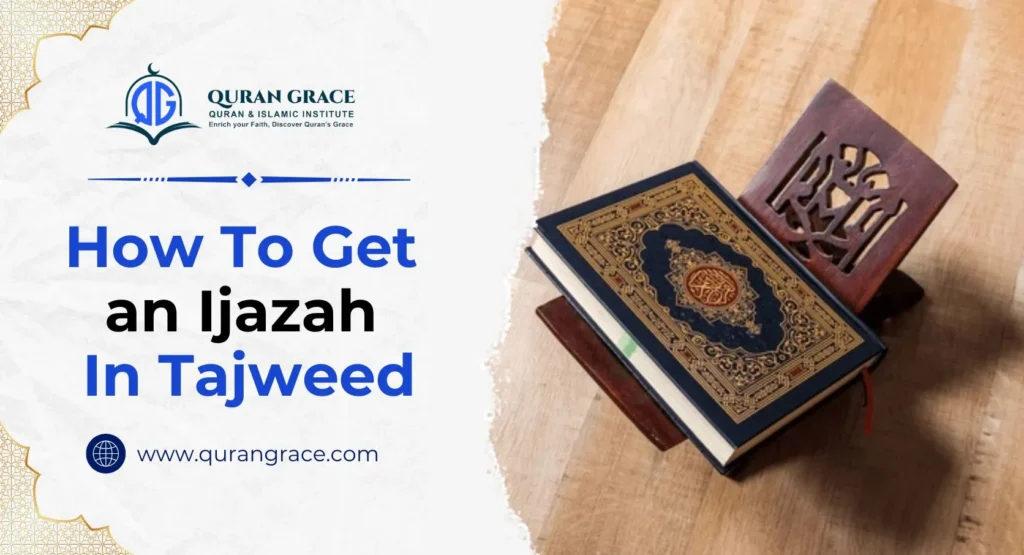To read the Quran in English, it requires a practical, systematic approach to move beyond mere literary appreciation and into deep, actionable guidance. You need to set a clear base to begin your journey, choose a very well-written English translation, and understand the deeper meaning of the verses. Those who have already read the Quran in Arabic can easily understand it in English. Let’s delve deep into this topic and explore some effective tips to learn to read Quran in English
5 Helpful Tips to Read the Quran In English
Both native Arabs and non-Arabs can easily follow these tips (phases) to understand and read the Quran in a different language.
Phase 1: Establishing the Foundation (Setting Intentions and Tools)
Before the first word is read, the environment and mindset must be prepared. This ensures the reading is a focused act of worship, not a casual task.
- The Sincere Intention (Niyyah): The Engine of Action. Every deed in Islam is judged by its intention. Your primary intention for reading the Quran must be to seek guidance, understanding, and closeness to Allah. It is not about speed, volume, or showing off.
- Selecting the Right Translation: Translations are human interpretations. For a beginner, clarity and fidelity to the core meaning are paramount. Avoid overly archaic or poetic language that might obscure the direct instruction. Recommended choices include The Clear Quran by Dr. Mustafa Khattab (highly accessible modern English) or Saheeh International (widely respected for accuracy). Stick to one primary translation to maintain consistency in terminology.
- Securing Essential Tools (The Digital Advantage) Modern tools facilitate a powerful multi-sensory reading experience. Download a high-quality Quran app (like Quran.com or another reputable app) that offers three features side-by-side: The Arabic Text, the English Translation, and an Audio Recitation. Having this trio is crucial: the audio connects you to the rhythmic beauty of the original revelation, while the English unlocks the meaning.
- The Physical and Mental Setup: Approach the sacred text with respect. This maximizes focus and spiritual receptivity. Dedicate a specific, quiet corner of your home as your “Quran Spot.” If possible, perform wudu before sitting down. If not possible, at least wash your hands and face. Sit upright, ensuring you are comfortable but alert.
Phase 2: The Daily 15-Minute Reflection Routine (Tadabbur)
Consistency is more valuable than sporadic intensity. Committing to a short, dedicated routine prevents burnout and transforms the reading into a sustainable daily habit.
- The “Less is More” Principle: Do not aim to read an entire chapter (Surah). The goal is absorption, not completion. Commit to reading and reflecting upon 3 to 5 verses per day, no more than 15 minutes in total. This tiny commitment is easy to maintain, even on busy days.
- The Daily Reading Flow (The 5-Step Drill):
- Commencement (30 seconds): Begin by seeking refuge: “A’udhu billahi minash-shaytanir-rajeem.“ (I seek refuge in Allah from the rejected Satan.) Then say: “Bismillahir-Rahmanir-Rahim.” (In the Name of Allah, the Most Compassionate, the Most Merciful.)
- Listen and Follow (3 minutes): Play the audio recitation of your 3-5 verses. Follow the Arabic text with your eyes. This establishes the sound and power of the revelation.
- Read and Pause (3 minutes): Immediately read the English translation of those same 3-5 verses slowly. Pause after each verse to let the meaning sink in.
- Reflection (Tadabbur) (5 minutes): This is the core of the practice. Read the verses a third time, asking yourself three critical questions:
- Theological Question: What does this teach me about Allah (His names, attributes, or power)?
- Ethical/Action Question: Is there a command I must obey, or a prohibition I must avoid? How does this conflict with my current habits?
- Personal Application Question: How can I apply this specific lesson to a challenge or decision I am facing today?
- Journal and Commit (3 minutes): Write down your findings. Use a dedicated notebook or app for this.
- Note the Verse: (e.g., Surah Al-Baqarah 2:153).
- The Main Idea: Summarize the verse’s meaning in one sentence.
- The Action: Crucially, write down ONE concrete, measurable action you will take today based on the verse. This turns reading into immediate practice.
Phase 3: Tools for Deeper Understanding (Going Beyond Translation)
Some verses require external knowledge to fully appreciate their depth. When you encounter ambiguity, use these resources.
- Using Tafsir: If a verse is confusing, look it up in a reliable, concise Tafsir. For beginners, the commentary provided in The Clear Quran or the concise Tafsir As-Sa’di (available online) is ideal. Use this only when clarification is necessary, not for every verse.
- Understanding the Context (Asbab al-Nuzul) Many verses were revealed in response to specific events in the Prophet Muhammad’s (PBUH) life or the early Muslim community. Knowing this historical context (Asbab al-Nuzul) brings the verses to life. If you read a verse related to war, law, or specific social interactions, search for the “Reason for Revelation” for that verse or cluster. This transforms abstract commands into relatable solutions to real-world problems.
- Mastering Key Quranic Terminology The Arabic language is incredibly rich. Words like Taqwa (God-consciousness), Sabr (Patience), or Ihsan (Excellence) cannot be fully translated by a single English word. Keep a running glossary in your journal. Whenever you encounter a key term, research its full spiritual and linguistic significance and note it down. Using the Arabic term helps you connect with the original concept more fully.
Phase 4: Integration and Community
The final stage is ensuring the guidance moves from the book to your behavior.
- Review and Accountability Periodically review your journal entries, focusing on the “Action” steps you committed to. Once a week, look over your journal. Identify which actions you successfully integrated and which ones you need to try again. This process turns reading into self-accountability.
- Seek Guidance and Discussion You are not meant to interpret this profound text in complete isolation. Join a local or online Quran study circle or find a knowledgeable egyptian quran teacher. Discussing a challenging verse with others often unlocks perspectives you missed, enriching the Tadabbur process exponentially.
Conclusion
By adopting a practical, step-by-step approach that focuses on intention, incorporates a brief daily routine, and is enhanced by context, the English translation of the Quran can transform from being just text into the dynamic source of light it is meant to be. To learn to read the Quran in English, you can also join Quran Grace online quran classes, where the expert tutors will help you understand the key terminologies easily.








